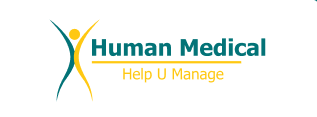After the pandemic hit the entire world, the health sector was the most affected. To date, it is faced with numerous challenges coming from the patients, the governments, internal systems, and fast-evolving technology. The influx of patients led to crowding within the medical facilities and since then, medical professionals have to work for long hours. There is the risk of infection and the challenge of inputting and securing patient data in time. The claims and billing systems are overwhelmed too. Here are some of the common challenges.
Big patient numbers
The pandemic has caused a huge influx of patients seeking medical care. Someone might interpret it as huge business and profits to the medical institutions, but the healthcare professionals are both overwhelmed with work and the risk of infection.
Medical professionals must find a long-term solution on how to handle huge numbers of patients who pose a health risk to the professionals and other patients. It is a challenge faced by all health professionals in public and private institutions.
Processing of invoices and payments
With high volumes of patients, the invoicing department gets equally busy preparing payments, claims, bills, and so on. Most facilities had not upgraded their billing and payment systems and as a result, they have to heavily rely on manual coding and billing.
Manual systems are always faced with human errors, delays retrieving patient files, inconsistent patient information, and so on. All these medical billing issues and retrieval of information lead to delayed service which can lead to loss of business in the post-pandemic era. Seeking medical billing service in Los Angeles might help.
Client information security
Cybersecurity has been a concern for many years since the internet era began. However, the challenges multiplied during the pandemic, and patient records were more exposed to risk. According to statistics, insecurity on patient data increased by nearly 50% between late 2019 to early 2021.














